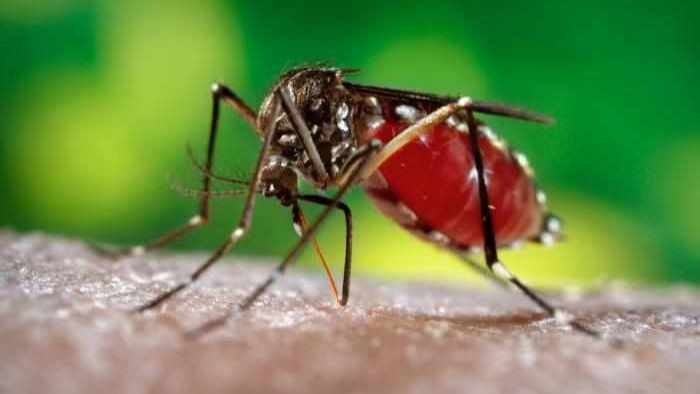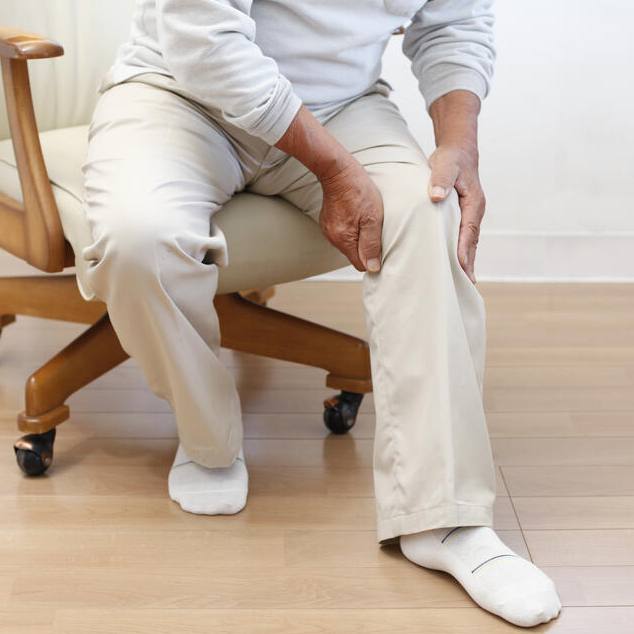
The Centers for Disease Control and Prevention (CDC) issued an emergency travel advisory after health officials in Florida identified local transmission of Zika virus in a Miami neighborhood. The CDC advisory recommends pregnant women and their partners avoid nonessential travel to Lynwood, a neighborhood in Miami, Florida where the Zika virus is active.
Mayo Clinic infectious diseases specialist Dr. Pritish Tosh says, "It is somewhat unprecedented for a travel advisory to be issued to a very specific neighborhood. That's a testament to the strength of the epidemiology that has been going on, and how well the CDC and other health authorities have been working at this."
Listen to Dr. Tosh talk about Zika in Florida
Journalists: Sound bites with Dr. Tosh are in the downloads.
Dr. Tosh says it is difficult to know what happens next and whether local transmission of the virus expands beyond the area or is contained. "It's important to remember that if you are traveling to an area that has ongoing Zika virus transmission to wear insect repellent and try to avoid mosquito bites," says Dr. Tosh. The continued use of insect repellent for about three weeks after visiting an area identified with transmissions of Zika virus is also important. Dr. Tosh says, "Most people who get infected with Zika virus have no symptoms whatsoever, but they can have transient amounts of Zika virus in their blood, which if they are bitten by a mosquito, that mosquito can pick it up and give it to another person."
Dr. Tosh adds, “If a woman is planning to become pregnant, she and her male sex partner should wait at least eight weeks after coming back from an area of ongoing local Zika transmission before trying to conceive or at least six months if her male sex partner developed evidence of Zika virus infection."
New CDC recommendations include:
- Pregnant women should avoid nonessential travel to the area with active Zika virus transmission identified by the Florida Department of Health.
- Pregnant women and their partners living in or traveling to the area with active Zika virus transmission should follow steps to prevent mosquito bites.
Visit the CDC site for the latest Zika news.

- Related posts:
- Pediatricians Central to Zika Patient Care (July 25, 2016)
- Non-travel Zika Case Spurs Concerns: Tips for Protection (July 22, 2016)
- Mayo Clinic Minute: Zika Endemic Areas (April 22, 2016)
- Zika Virus: Four Myths and What You Need to Know (April 18, 2016)
- Zika Virus News: Birth Defect Link Confirmed (April 14, 2016)
- Mayo Clinic Minute: Protect Yourself From Zika Virus (April 8, 2016)
- Zika Virus: CDC Guidelines and Pregnancy (April 1, 2016)
- Should Women Wait to Get Pregnant If Traveling to Zika-Endemic Area? (March 15, 2016)
- Developing a Vaccine to Protect Against Zika Virus (March 8, 2016)
- Mayo Clinic Begins Development of Zika Virus Vaccine (March 7, 2016)
- Further Investigation Needed on Zika Link to Guillain-Barré Syndrome (March 3, 2016)
- Zika Virus and Microcephaly: Need for More Research (Feb. 22, 2016)
- Guillain-Barré Syndrome and Zika: Is There a Connection? (Feb. 17, 2016)
- Zika Virus Impacts Blood Donations (Feb. 5, 2016)
- Transmission of Zika Virus and Dangers of Mosquitoes (Feb. 4, 2016)
- WHO Says Microcephaly-Zika Virus Link International Emergency (Feb. 1, 2016)
- Mayo Clinic Minute: Zika Virus (Jan. 21, 2016)







